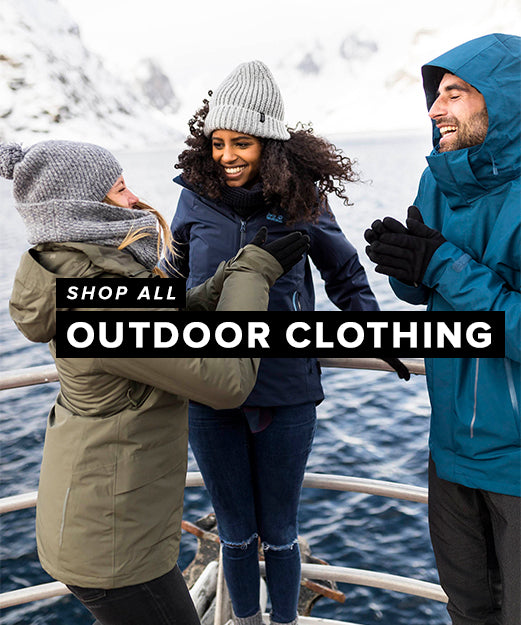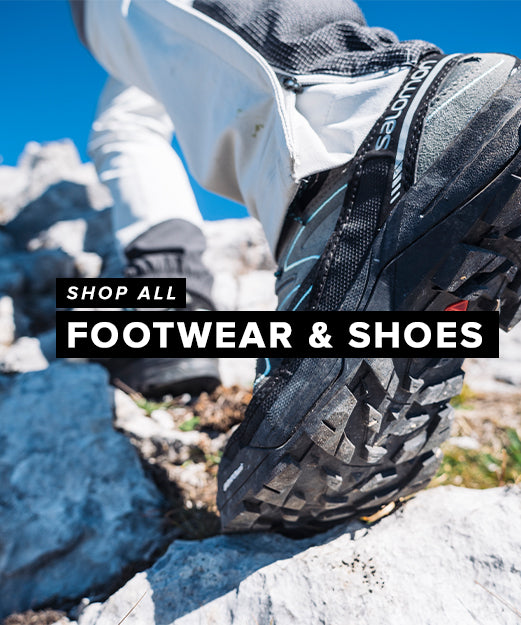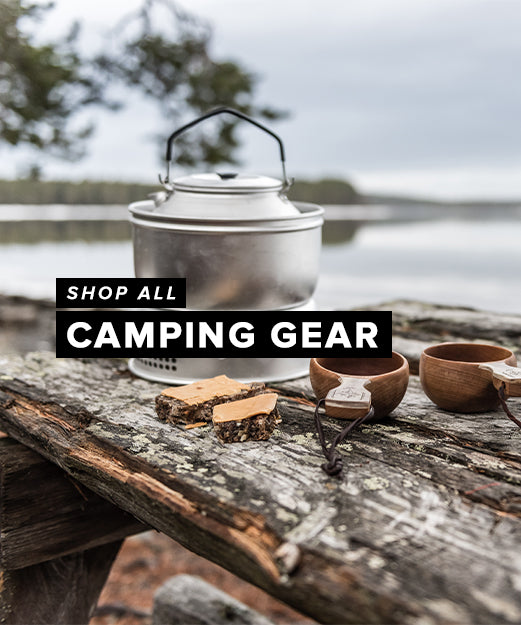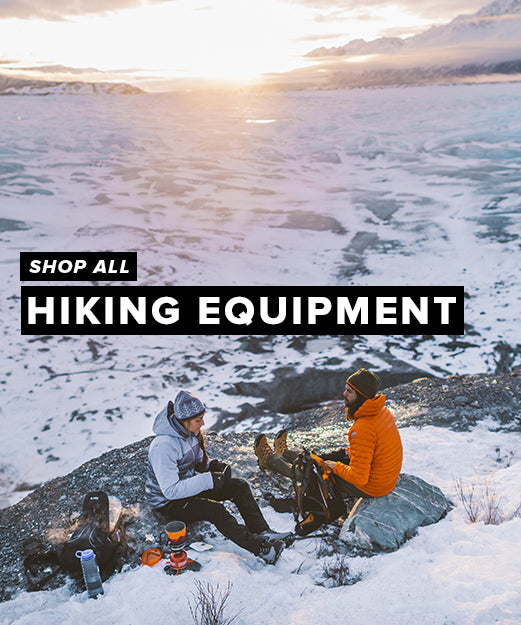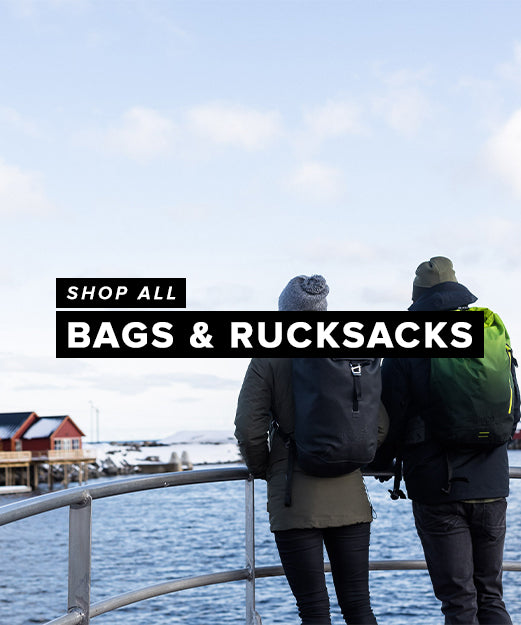As yet, there is no two storey tent design on the market but just about every other option is available from simple ridge styles to complex shapes and layouts relying on geometry and computer-aided design. The pluses and minuses for each and every design would fill a large book and then, of course, they would be subject to personal taste and preference.
Happily, your intended use will normally act as an effective filter. For instance, if you are planning to tour the West Country with your partner in a small car moving site each day, you won't need a six-berth tent with multi bedrooms, large living space and porch options. Similarly, if you are planning on staying on the same site for a week or two with your family or friends, then it's worth spending more time pitching a larger tent.
Consider the elements below and then compare your shortlist against them.
Tent breakdown
Flysheets – pitched over the inner tent/s, they’re waterproof to keep rain and dew out; they may be pitched first to allow inners to be hung protected from rain and wind. Flysheets also offer a degree of insulation from the sun and doorways may open to form small awnings with the use of extra poles.
Inner tents – these create bedrooms and a degree of privacy; they often feature insect mesh screens behind the opaque fabric 'doors'. In some designs, inners can be attached to the flysheets to be pitched 'as one'.
Taped seams – stitching through the flysheet inevitably results in holes through the fabric; taping the seams ensures they are completely watertight.
Groundsheets – sewn-in to inner tents, they not only keep you off damp ground but also stop insects, small mammals and draughts invading your space. Groundsheets in living areas may be detachable for easy cleaning. Growing in popularity are tent 'footprints' which protect groundsheets from damage by stones, rocks, twigs, etc.
Poles –usually linked for easy assembly, they form a stable structure of your tent and may be ingenious in the way they work together. Colour-coding poles and pole sleeves helps to avoid pitching nightmares.
Guylines –these help in keeping the tent shape and stability; reflective or luminous guylines are useful at night.
Pegs – make sure yours are effective in holding your tent secure; buying a variety of spares to cope with different ground is a good idea.
Windows – these make a surprising difference to tent life by letting in light and offering a view from inside; simple curtains ensure privacy.
Carpets - increasingly available as optional extras in large tents, they add a degree of comfort and insulation.
Buyers' Checklist
Having decided on an overall style and design, think about the features outlined below before deciding what suits you best:
- Flysheet or inner first pitching
- Amount of usable internal space
- Tent pole material - aluminium, carbon fibre, fibreglass, for instance; also separate sections or linked by shockcord. Ideally, all the same length or colour-coded for ease of pitching
- Are there storage pockets on the inner tents, gear loops to hang a torch or lantern and easy pull tabs on zips?
- Zip closed inner doors with midge-proof mesh doors behind are essential
- Tent colour is obviously a personal preference but a warm glow inside is usually preferred to gloom
- Ease of pitching - some tents become home in minutes; others take a while to pitch and adjust. Can one person pitch it easily or does it take two adults? Bear in mind that most arguments on site occur when erecting tents!
- Sewn-in groundsheet?
- What sort of pegs are supplied? Will they need to be replaced?
- Total weight - is it easy to split the load? Are separate bags supplied?
- How bulky will the tent be when you pack it away?
For a full range of tents view our
tent department on Simply Hike.
 NEW!! Free UK Delivery
NEW!! Free UK Delivery Hassle-Free Returns
Hassle-Free Returns Clearpay
Clearpay


